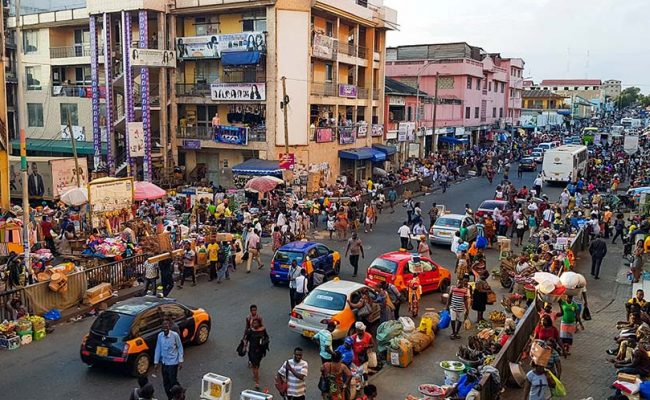Ghanaians are now 30.8million – 2021 census provisional results
- Posted on
- Comment

The total number of Ghanaians in the country is now 30.8 million according to provisional results of the 2021 Population and Housing Census (PHC).
From 6.7 million persons in 1960, the population has increased to 30.8 million persons in Ghana in 2021.
From the provisional results of the 2021 PHC, Ghana’s population has increased from 24.7million in 2010 to 30.8milion.
The Government Statistician, Prof Samuel Kobina Anim made this known Wednesday morning (September 22).
He was speaking at a press briefing on the provisional results of the 2021 PHC.
The provisional results indicates that there are more females in the Volta Region than the 15 other regions.
Ghana continues to have more females than males according to the census.
The female population is now 50.7 percent of the total population with 49.3 percent being males.
However in terms of regional distribution, the males and females vary significantly across the 16 administrative regions.
Although at the national level, there is a percentage change of 1.4 percent between females and males with females being higher than males, there is a variation across the 16 regions.
Specifically, the Volta Region has the highest number of females relative to males.
In the Western North Region, there are however more males than females with a percentage difference of 2.5 percent.
Greater Accra most populous
The Greater Accra Region is now the most populous region overtaking the Ashanti Region which used to have more persons.
Key points
- Ghana’s population figure from the 2021 PHC is 30.8 million.
- The population has grown almost fivefold since the first post-independence census was
conducted in 1960. - Ghana’s population is growing, but at a declining rate compared with previous censuses.
- Females make up a greater proportion of the population in the 2021 PHC as has been the trend
for the past four censuses. They outnumber males in 10 out of the 16 regions. - Greater Accra has overtaken Ashanti as the nation’s most populous region.
- Ahafo has replaced Upper West as the nation’s least populous region.
- Average household size, which has been on the decline since 2000, is 3.6 members.
- Out of the 10.7 million structures listed, 20% were metal containers, kiosks, and wooden
structures. - One out of every five of the structures listed was not fully completed.
- The information on structure usage indicated six out of every 10 structures were for residential
use.
-Graphic







 (Selorm) |
(Selorm) |  (Nana Kwesi)
(Nana Kwesi)